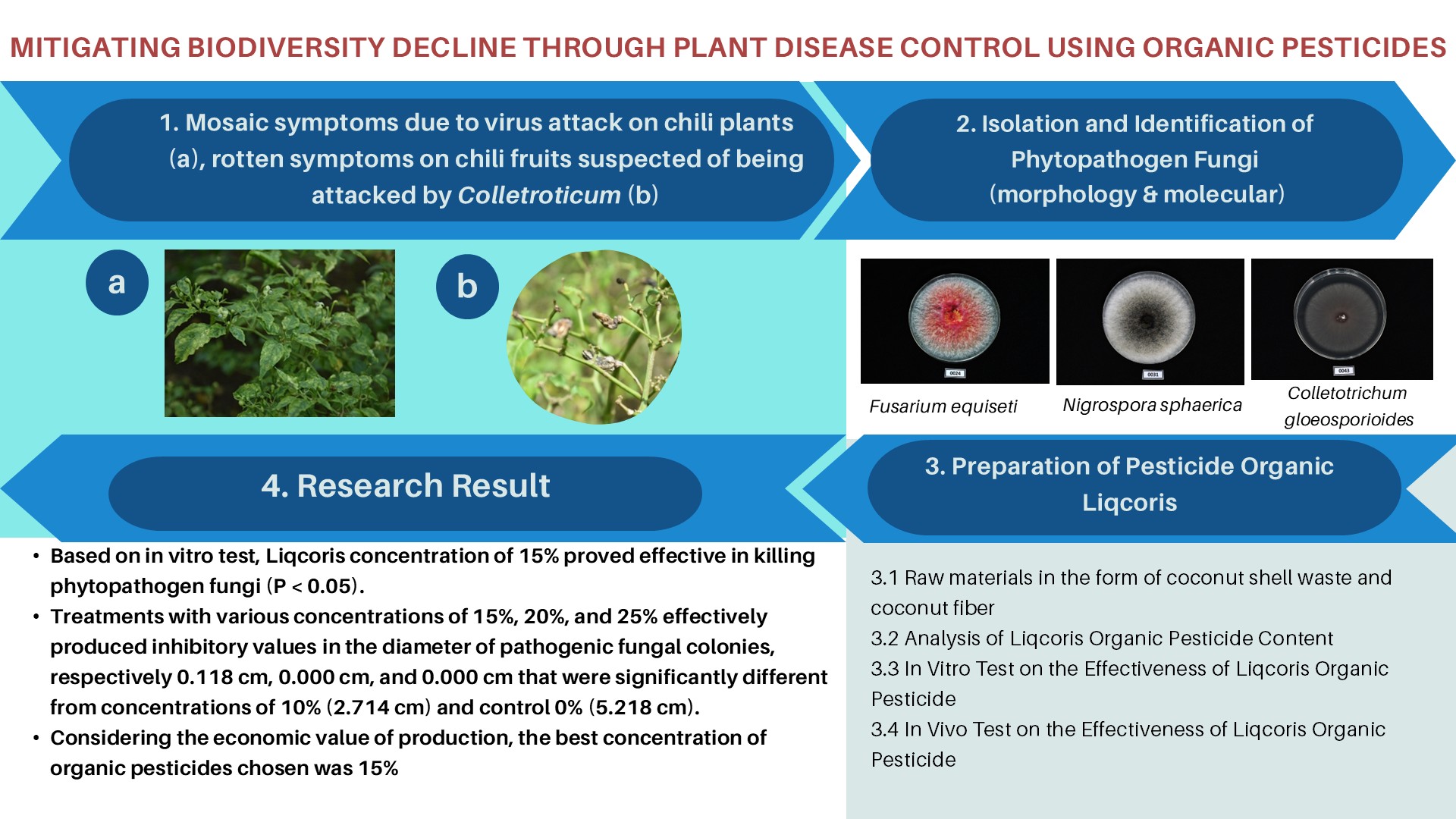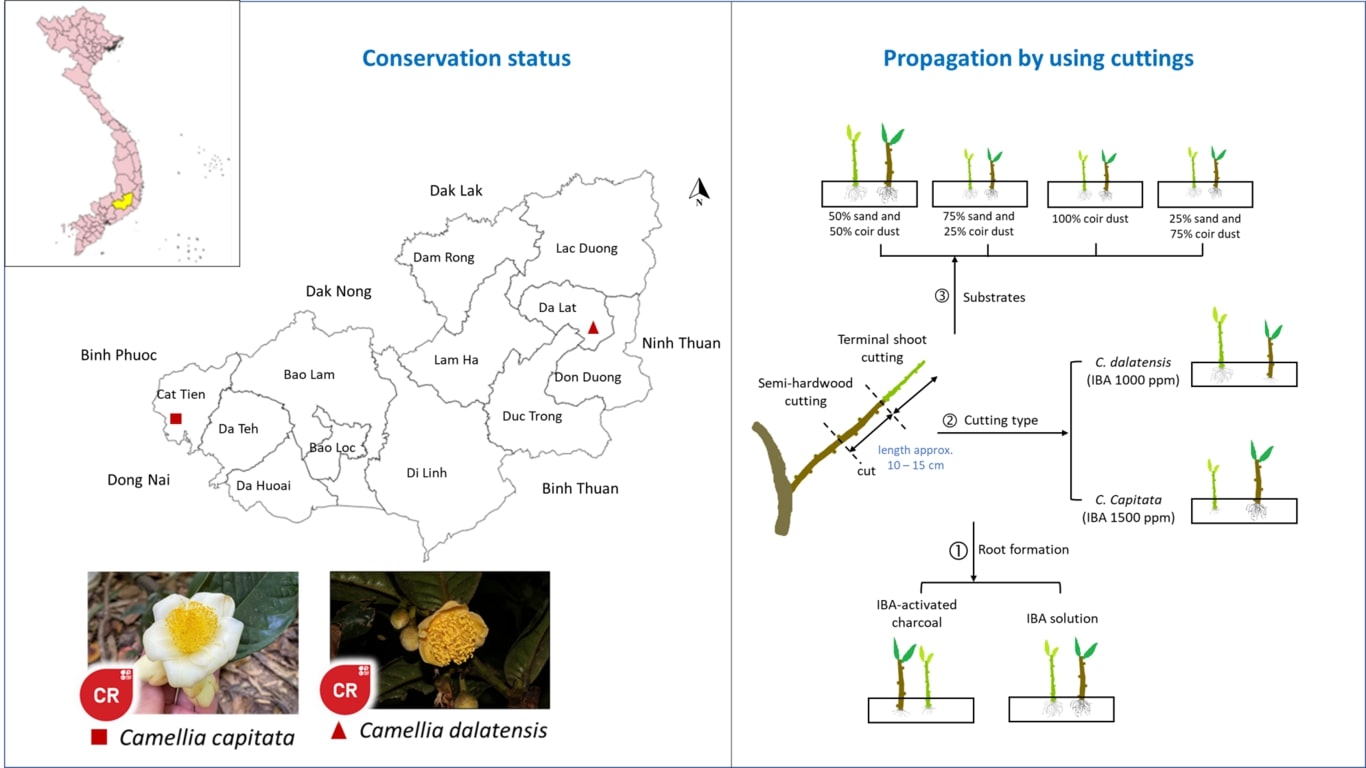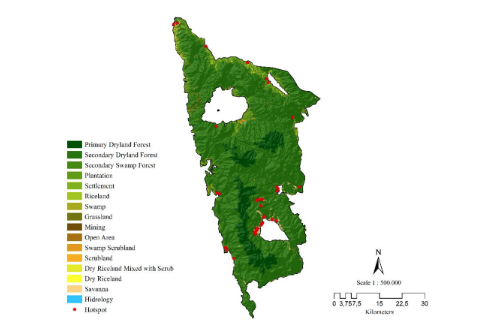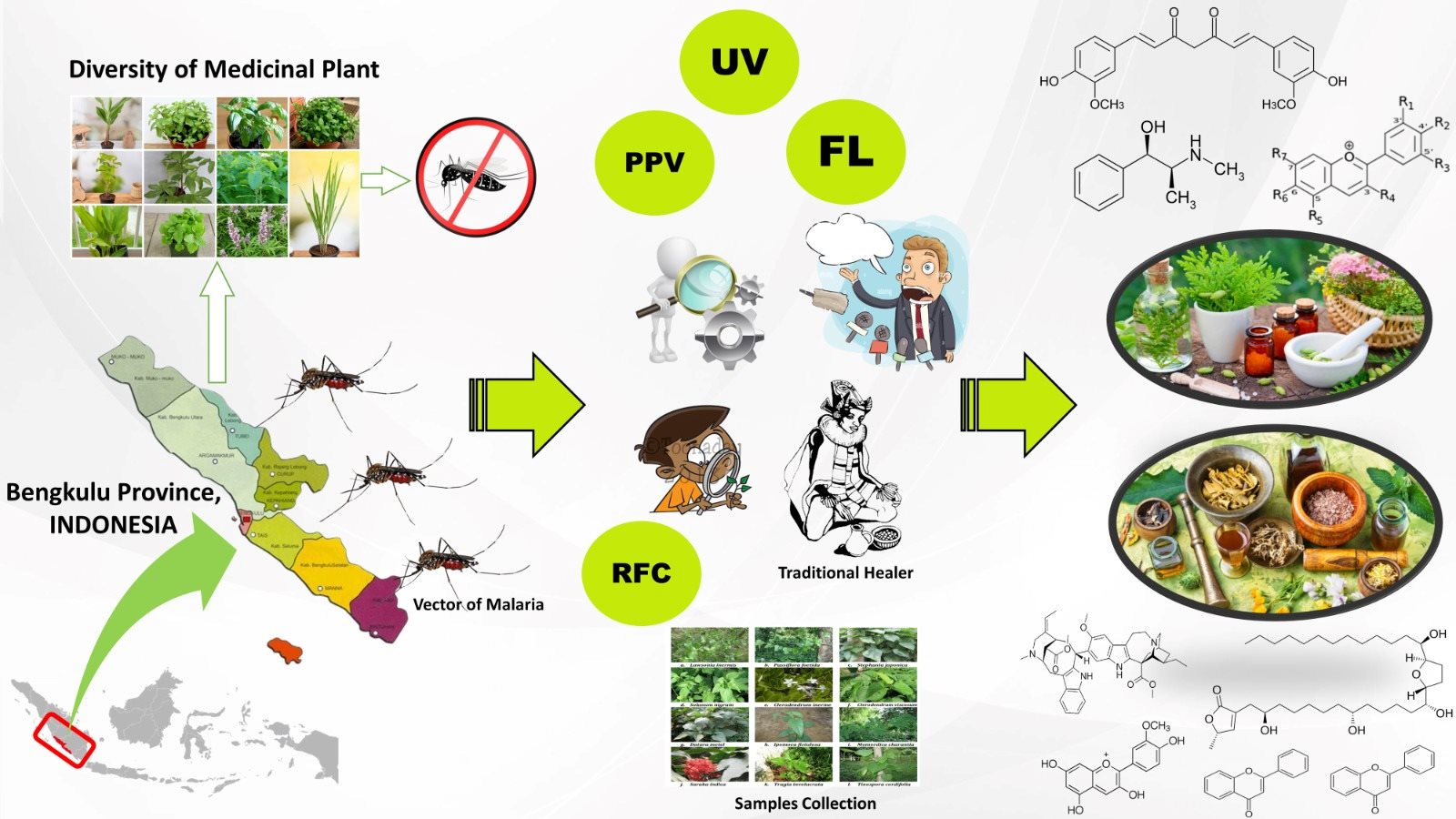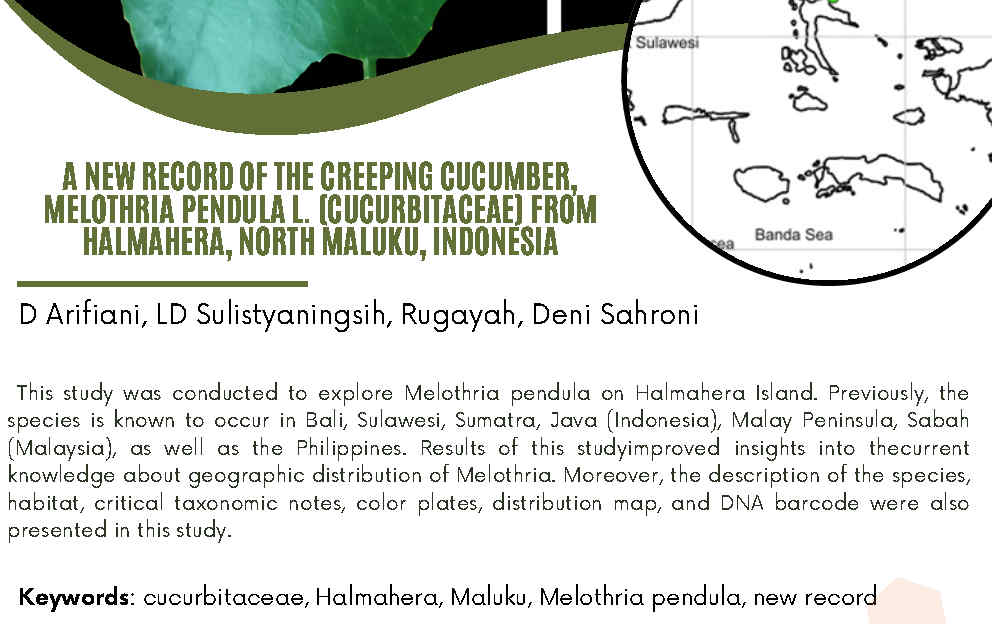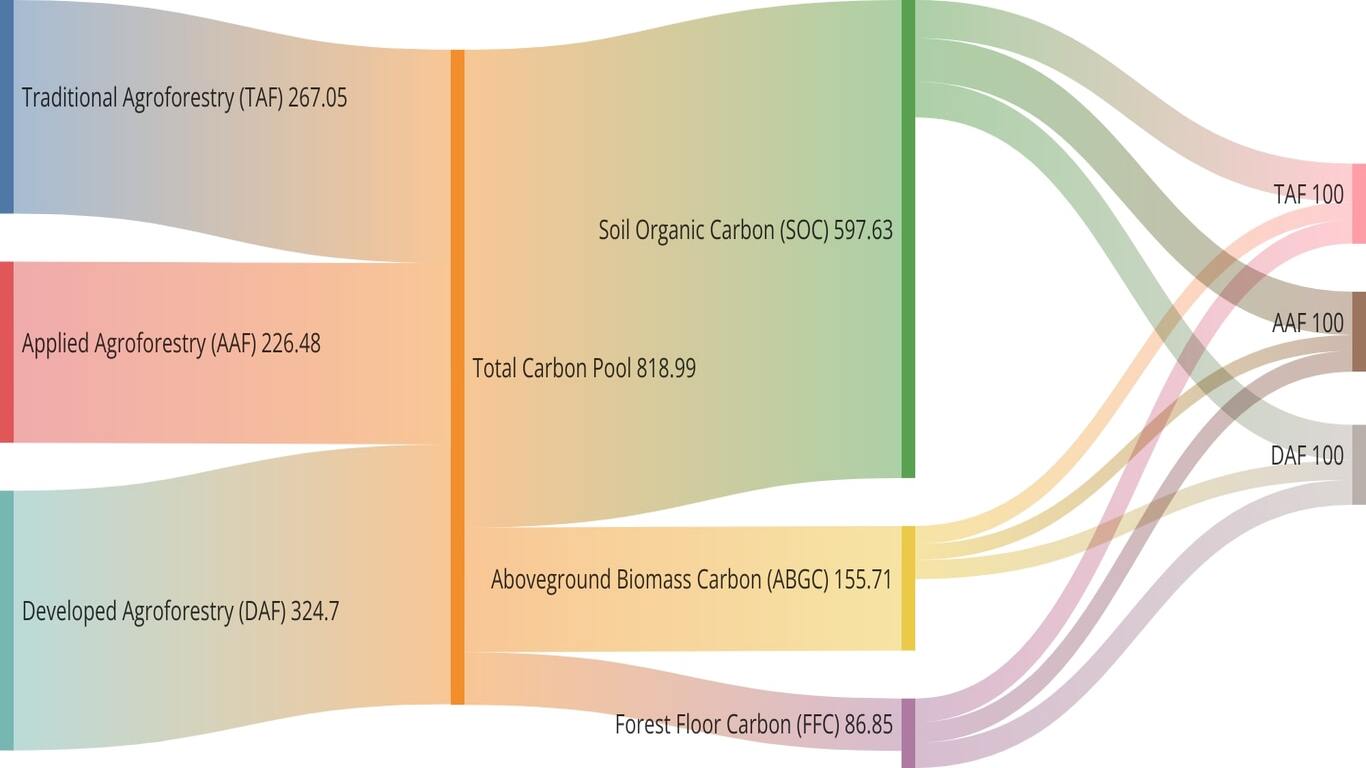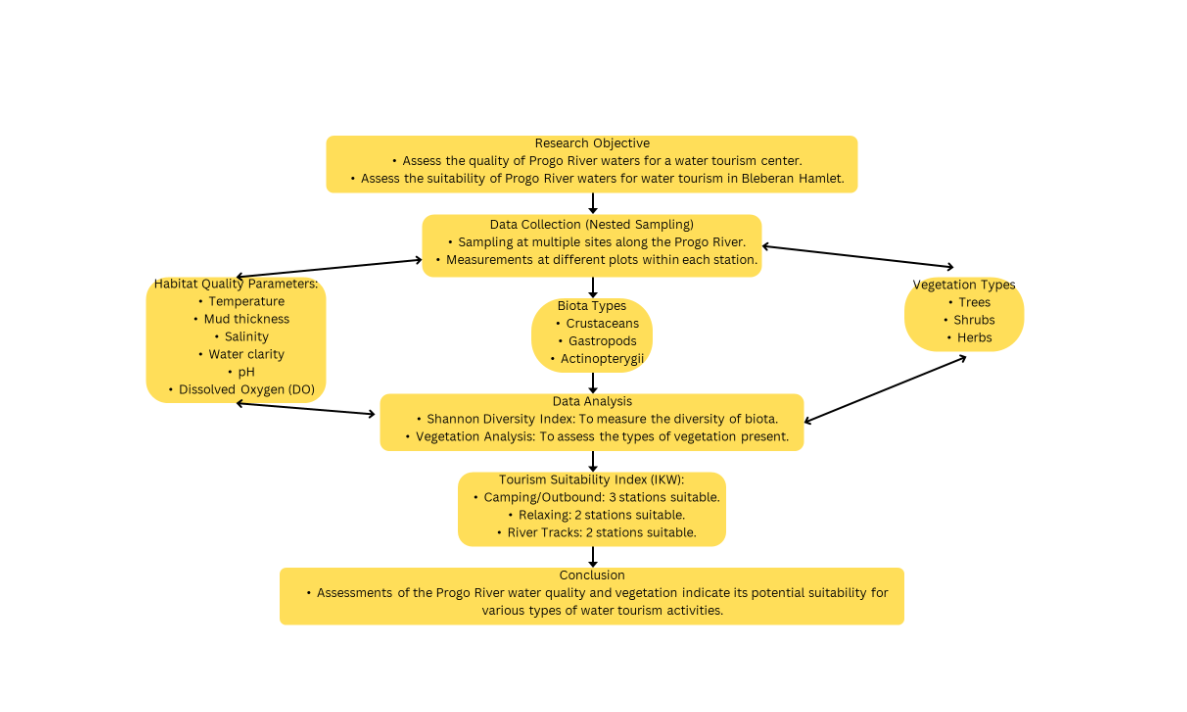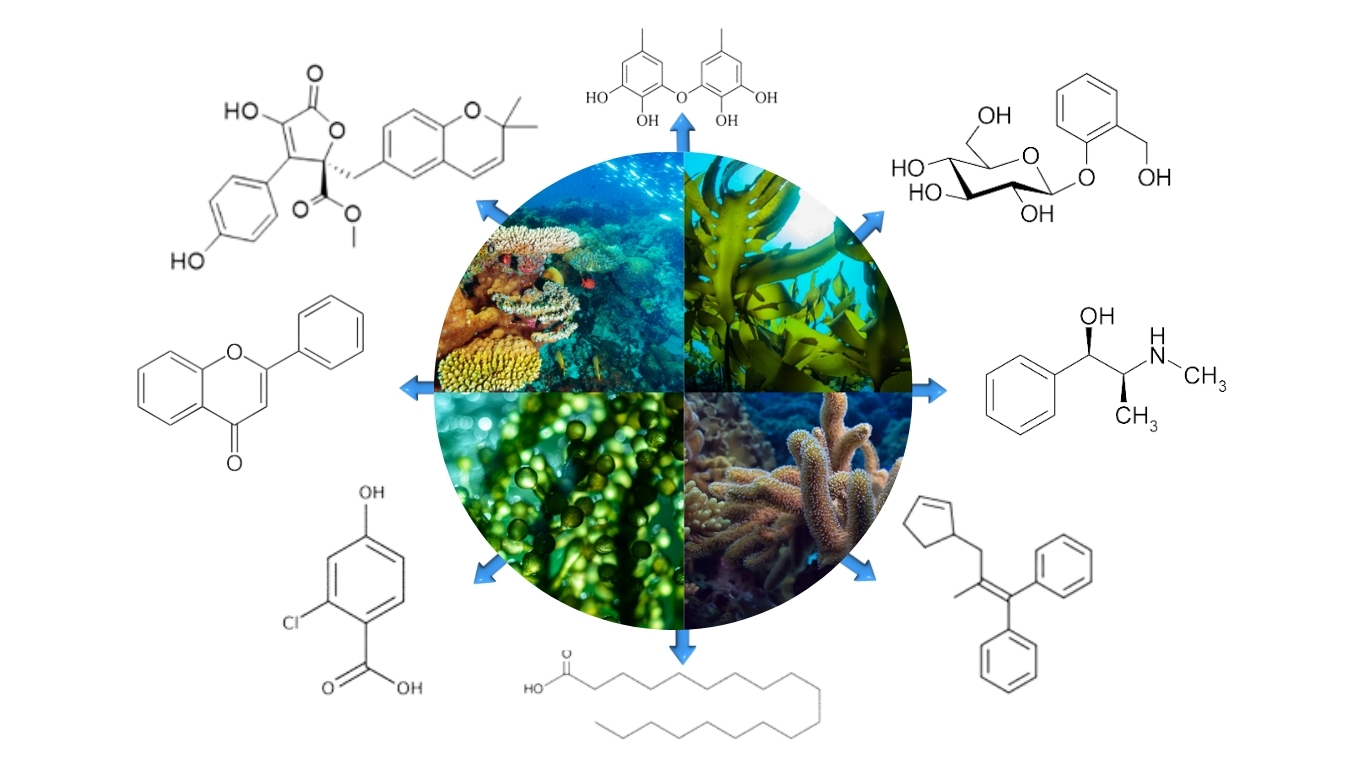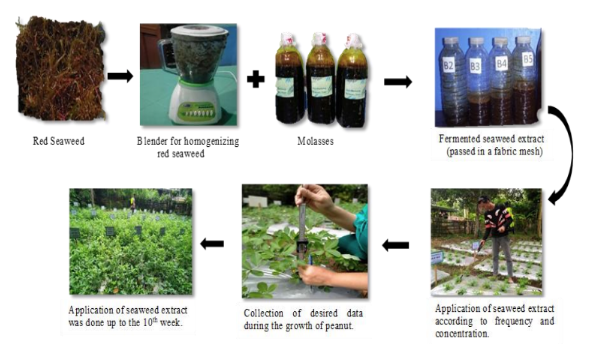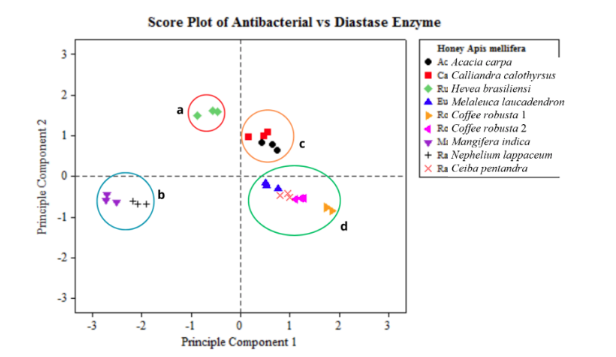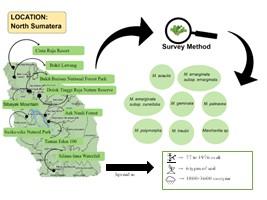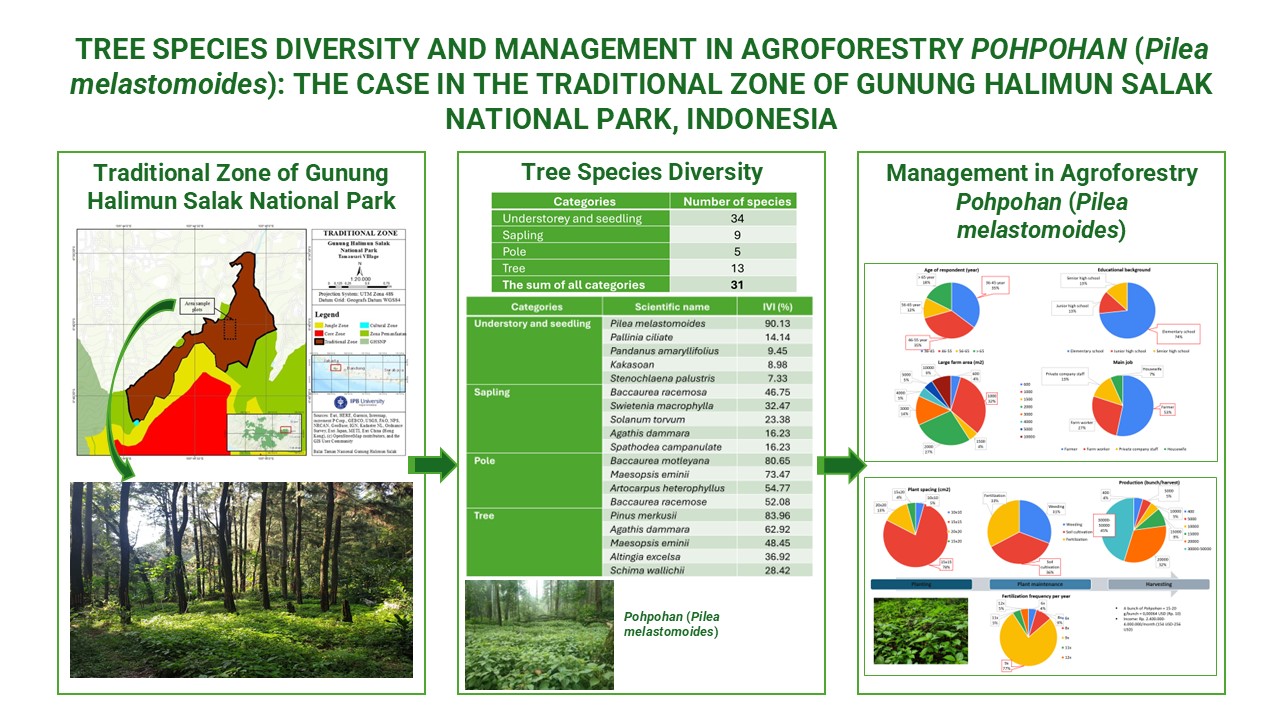MOLECULAR IDENTIFICATION OF EGG PARASITOID, TELENOMUS SPP. (HYMENOPTERA: SCELIONIDAE) FROM SEVERAL LOCATIONS IN JAVA USING RAPD-PCR
No. 19 (2002)
Research Paper
November 24, 2011
January 11, 2024
Downloads
determine the differences of four Telenomus species and five populations of T. rowani from several locations in Java.
Amplification of genomic DNA by using primer P2 (Amersham Pharmacia Biotech) indicated that each Telenomus
species had a unique set of RAPD bands. Two bands which characterized the genus are estimated to be 300 and 430
bp. Each species had three specific bright bands except T. dignoides which only had two specific bright bands. However,
no bands are unique to any of the five populations of T. rowani and all of the bands are less than 500 base-pair.
Cluster analysis using UPGMA (Unweighed Pair Group Method With Arithmatic Mean) showed that the four
Telenomus species consist of two groups, T. rowani and T. remus in one cluster and T. dignus with T. dignoides
belonging to another cluster.
Key words : PCR-RAPD / clustering / Telenomus spp.
YULIARTI, N., HIDAYAT, P., & BUCHORI, D. (2024). MOLECULAR IDENTIFICATION OF EGG PARASITOID, TELENOMUS SPP. (HYMENOPTERA: SCELIONIDAE) FROM SEVERAL LOCATIONS IN JAVA USING RAPD-PCR. BIOTROPIA, (19). https://doi.org/10.11598/btb.2002.0.19.226
Downloads
Download data is not yet available.
Copyright (c) 2017 BIOTROPIA - The Southeast Asian Journal of Tropical Biology

This work is licensed under a Creative Commons Attribution-NonCommercial-NoDerivatives 4.0 International License.
Authors who publish with this journal agree with the following terms:
- Authors retain copyright and grant the journal right of first publication, with the work 1 year after publication simultaneously licensed under a Creative Commons attribution-noncommerical-noderivates 4.0 International License that allows others to share, copy and redistribute the work in any medium or format, but only where the use is for non-commercial purposes and an acknowledgement of the work's authorship and initial publication in this journal is mentioned.
- Authors are able to enter into separate, additional contractual arrangements for the non-exclusive distribution of the journal's published version of the work (e.g., post it to an institutional repository or publish it in a book), with an acknowledgement of its initial publication in this journal.
- Authors are permitted and encouraged to post their work online (e.g., in institutional repositories or on their website) prior to and during the submission process, as it can lead to productive exchanges, as well as earlier and greater citation of published work (See The Effect of Open Access).









